地册:是叙述〔来宾〕对谈的观察力.以现代的术语来说,就几乎其实就是〔行为心理学〕,一种独一无二的〔观察判辨能力〕天册:是叙述〔星相〕的基本形态,宾主之间的一种合理的协调,以一种合乎情理的可行之道.
「巾箱本」书简法卷,是供我自己门生所参阅的「书简」。故此,仅有是我的门生,才可以得此「书简」。然而,这也不必以什么「秘本…」等之眼光来视之。我之所以不将此「书简」公开销售于「书坊」,不过呢是我认为这些「书简」的内涵,以及叙述的口吻,并不适合于一般非从业人士来阅读。
「书简」法卷,一共分为四册,是以「千字文」的字序,分别以「天、地、玄、黄 」四册而定名。
一、天册-是叙述「星相」的基本形态,宾主之间的一种合理的协调,以一种合乎情理的可行之道。
二、地册-是叙述与「来宾」对谈的观察力。以现代的术语来说,就几乎部是「行为心理学」,一种独一无二的「观察判辨能力」。
三、玄册-是指「理论」之融合,精编缩简的手册。
四、黄册-是对女同道从业之环境与宾主应对之道,以及客户特定之事,以及与宗教有关之问题与事项。
凡我门生,不适宜将此四册书简,随意展示他人。此四册书简,我将以各位从业之客观环境,个人之个性,酌情付予参阅,禁止出售。
在此,教也要为各位解释一下,为啥这四册「书简」要称之为「巾箱本」。首先是要说明这一个「巾」字,「巾」的含义是一幅大型「布方巾」。昔日在清代,一口「皮箱」已经是算得上是「高级品」。所以,在清代出门四方游埠,住在「客栈」中的「职业命相」人士随身所带的物件,很少是用「皮箱」来盛置。一则由于「皮箱」价格甚贵,一则是携带起来不方便。故此,都是用一条「中大」型的「方巾」包着一些必备的用品,这一些日常用品之中,当然是有一些「书籍抄本」之类的文物,这些书本称之为「巾箱本」。
「巾箱本」与清代的一般「书籍」有哪些区别呢?因为清代交通、印刷都远不及今日之方便。书籍只有在「府、县」所在地,才能够买得到。另外有一个原因,就是大抵清代九流职业、门系观念很重,一些比较属于实用的个人心得,都以「手抄」本而付于子弟,而又再辗转抄录。这一种「抄本」。假如以一种「故弄虚玄」的角度而言之,其实就是俗称之为「秘本」。其实也就是说是没有什么「秘」之可言。不外乎是「没很有必要对不甚相干」的人,转述「抄本」的内涵罢了。
诸如众所周知的一些「穷通宝鉴、命学玄微、八宅明镜…」等书籍,俱都是经由文人再度润笔以后,付于公开的「巾箱本」,徐乐吾氏就是拥一些「巾箱本」的人士之,故此「巾箱本」的含义,是「一种谈论实际星相实务的私人笔记」。因为今日的社会人文形态与清代的社会,人文现象,多少是有一些不同。所以我对自己门生所付予以「巾箱本」亦随着调节了一些合乎时代的增补。以期能达到更为「写实、传神」一种实用上之座右铭。删尽了一些「浮文饰词」,句句皆是「本来面目」,字字尽为「不增不减」,一种师生交谈的「朴实无伪」善意的良心话。
Diji: It refers to the observational power of narrating the conversation between guests. In modern terminology, it is almost essentially behavioral psychology, a unique ability to observe and discern. Tianji: It is the basic form of narrating the astrology, a reasonable coordination between guests and hosts, and a reasonable and feasible approach
The “Scarf Box Book” book is a “book sketch” for my own students to refer to. Therefore, only my students can obtain this’ book brief ‘. However, there is no need to view it in the eyes of “secret books…” or anything else. The reason why I did not publicly sell this’ book brief ‘to the’ bookstore ‘is that I believe the content and narrative tone of these’ book briefs’ are not suitable for general non practitioners to read.
The “Shujian” method volume is divided into four volumes, named after the four volumes of “Heaven, Earth, Xuan, and Huang” in the order of “Thousand Character Wen”.
1、 The Heavenly Book – is the basic form of describing “astrology”, a reasonable coordination between guests and hosts, and a reasonable and feasible path.
2、 The ground book – is the observation power of narrating and discussing with ‘guests’. In modern terminology, it is almost entirely ‘behavioral psychology’, a unique ‘observational and discriminative ability’.
3、 Xuanshu – refers to the fusion of “theories” and a concise and refined manual.
4、 Yellow Book – refers to the environment in which female colleagues work and how to respond to guests and hosts, as well as specific matters related to customers, as well as issues and matters related to religion.
As a student, it is not suitable for me to display these four volumes of books to others at will. I will refer to these four books based on the objective environment and personal characteristics of each practitioner, and prohibit their sale.
Here, I would also like to explain to you why these four volumes of “book slips” should be referred to as “tissue box books”. Firstly, it is necessary to explain the word “scarf”, which means a large “cloth square scarf”. In the Qing Dynasty, a “suitcase” was already considered a “high-end product”. Therefore, in the Qing Dynasty, when traveling to various ports and staying in “inns”, the belongings carried by “professional life figures” were rarely stored in “suitcases”. One reason is that “suitcases” are very expensive, and the other reason is that they are inconvenient to carry. Therefore, all necessary items are wrapped in a “medium sized” square scarf. Among these daily necessities, of course, there are some cultural relics such as “book copies”, which are called “towel box books”.
What are the differences between the “Scarf Box Book” and the general “books” of the Qing Dynasty? Because transportation and printing in the Qing Dynasty were far less convenient than today. Books can only be purchased in the location of “prefectures and counties”. Another reason is that during the Qing Dynasty, most of the nine tier professions and sects had a strong sense of importance. Some practical personal experiences were handed over to their children as “handwritten” copies, which were then transcribed repeatedly. This type of ‘transcription’. If we talk about it from the perspective of “playing tricks on mystery,” it is actually commonly referred to as the “secret book”. In fact, that means there is no “secret” to speak of. It’s nothing more than paraphrasing the meaning of ‘plagiarism’ to people who are not very necessary and irrelevant.
Books such as the well-known “Poor Tongbao Jian, Ming Xue Xuan Wei, Ba Zhai Ming Jing…” were all written again by literati and submitted to the public “Scarf Box Ben”. Xu Lewu is one of the people who owns some “Scarf Box Ben”. Therefore, the meaning of “Scarf Box Ben” is “a personal note discussing actual astrological practices”. Because today’s social and cultural forms are somewhat different from the social and cultural phenomena of the Qing Dynasty. So I have also adjusted some contemporary additions to the “towel box book” paid by my students. In order to achieve a practical motto that is more realistic and vivid. Removed some “floating text decorations”, with every sentence being “as it is” and every word being “without adding or subtracting”, a kind of “simple and sincere” kind-hearted words of conscience in teacher-student conversations.



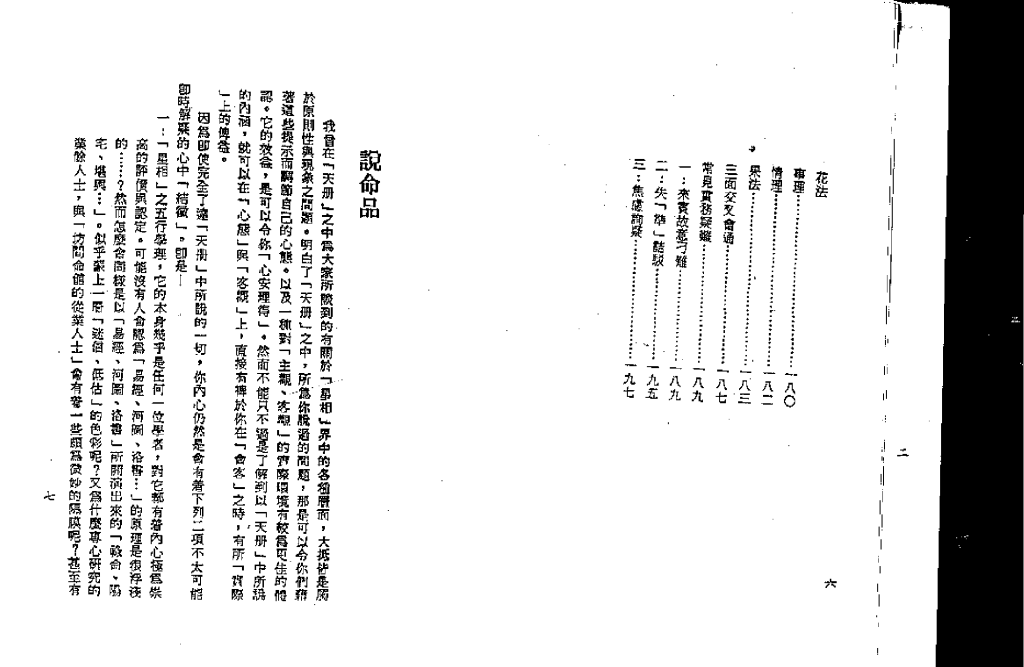
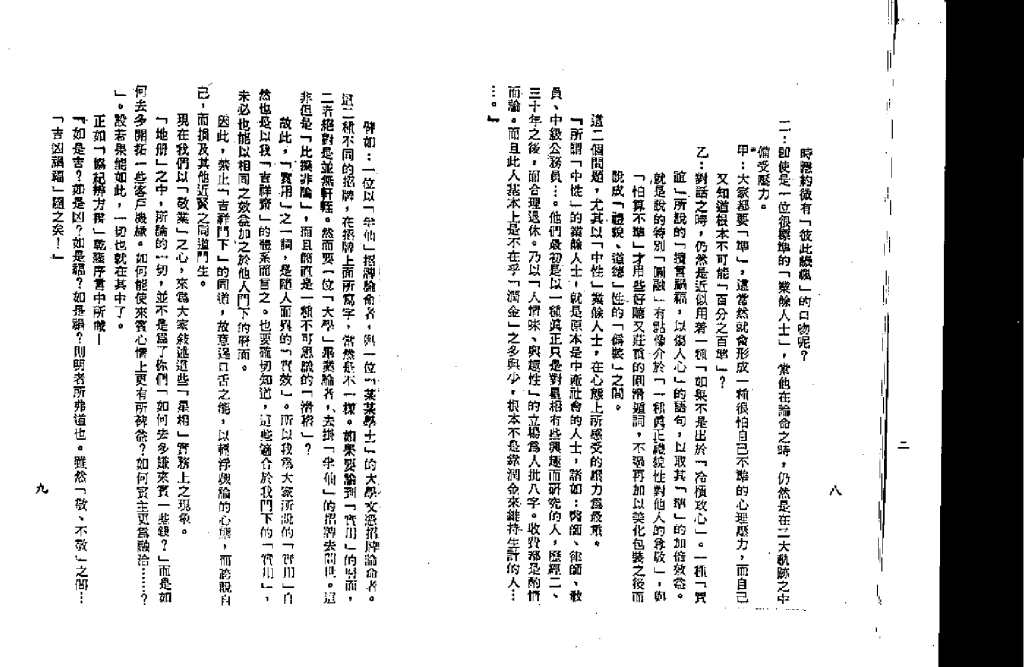



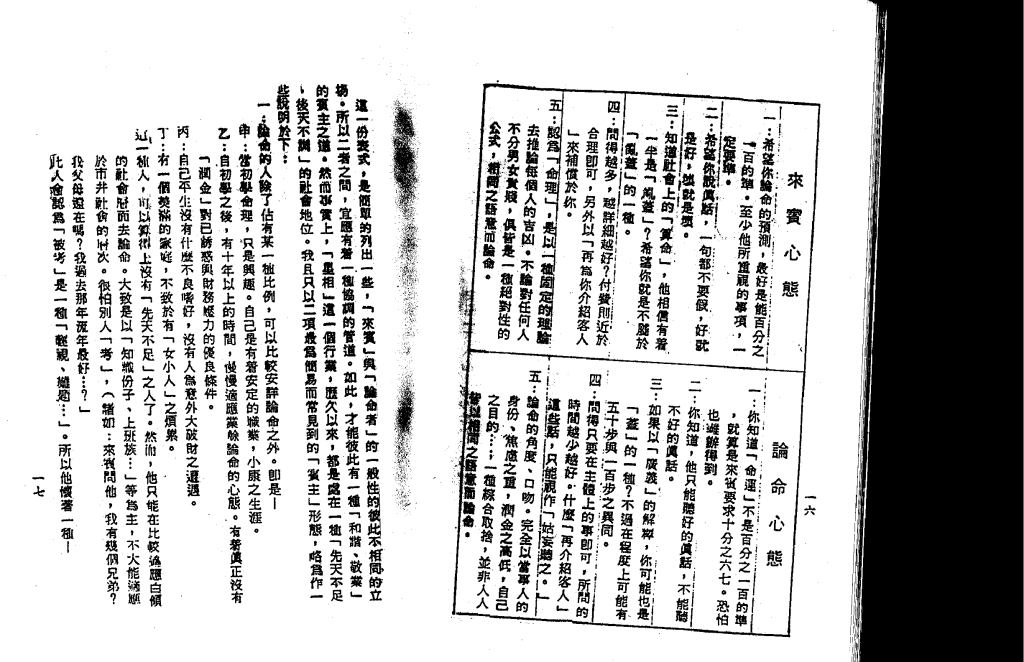

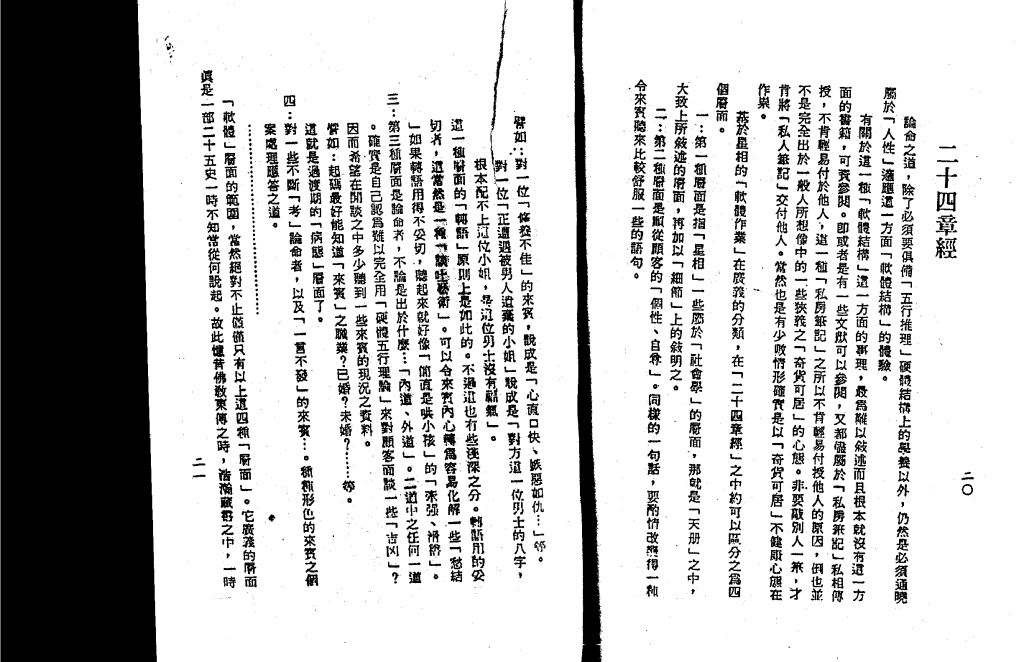

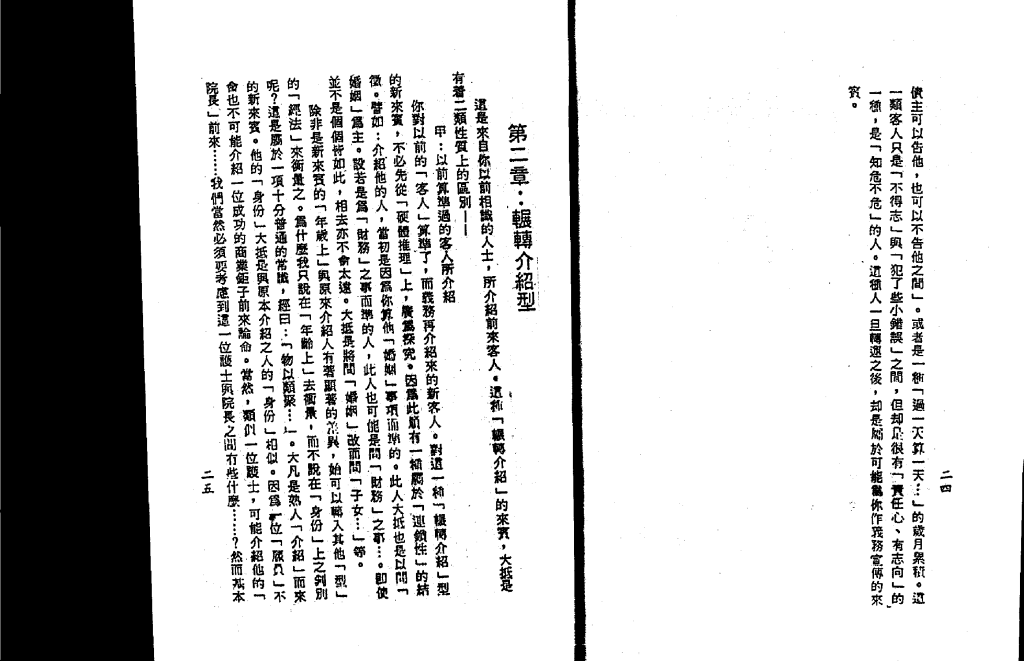
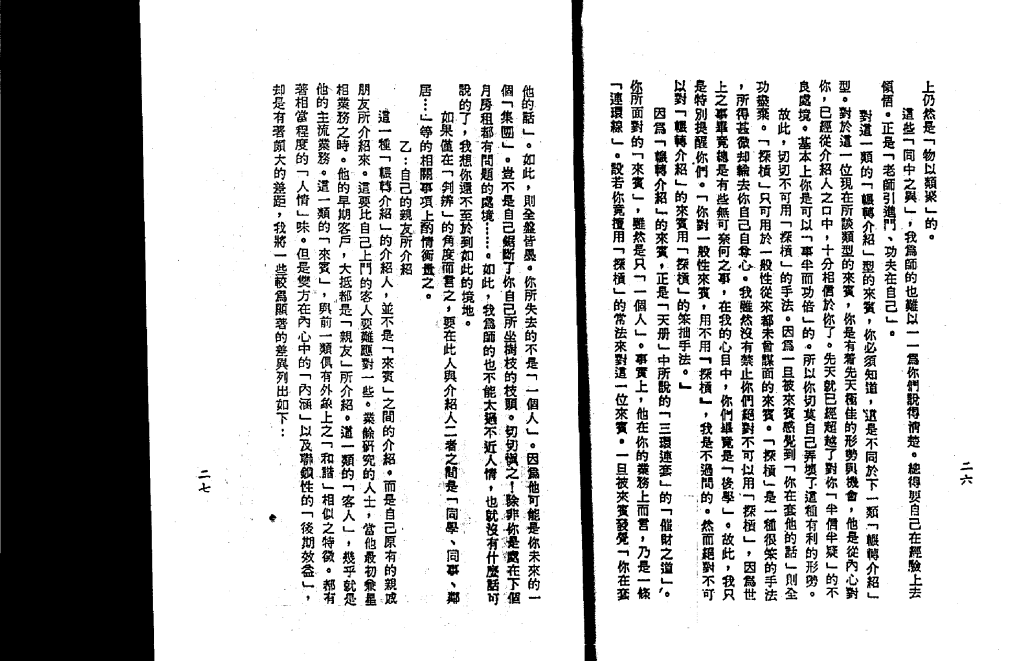
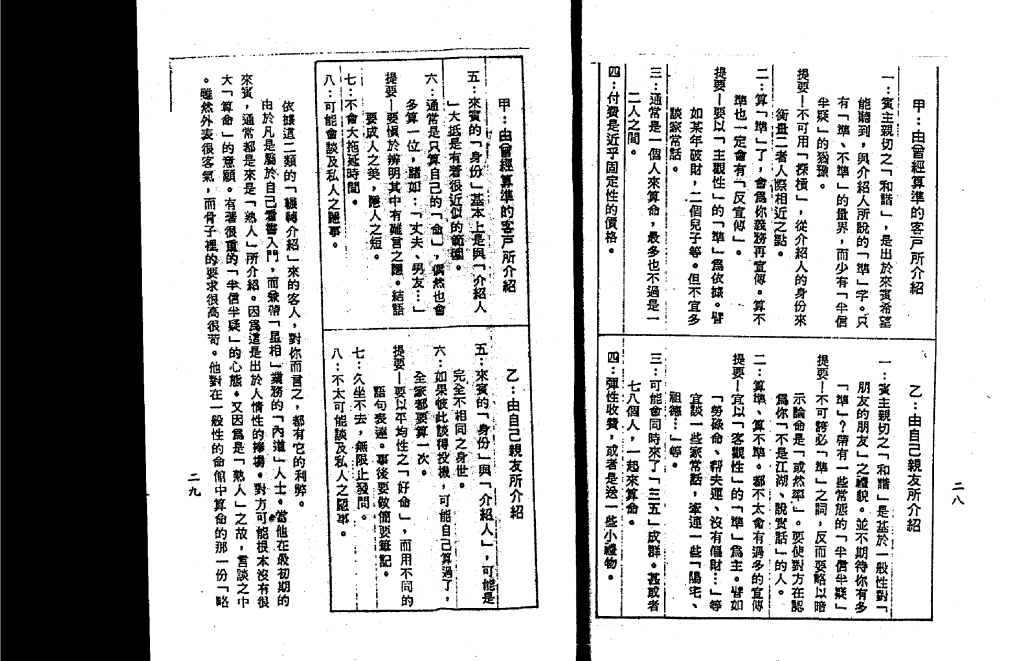






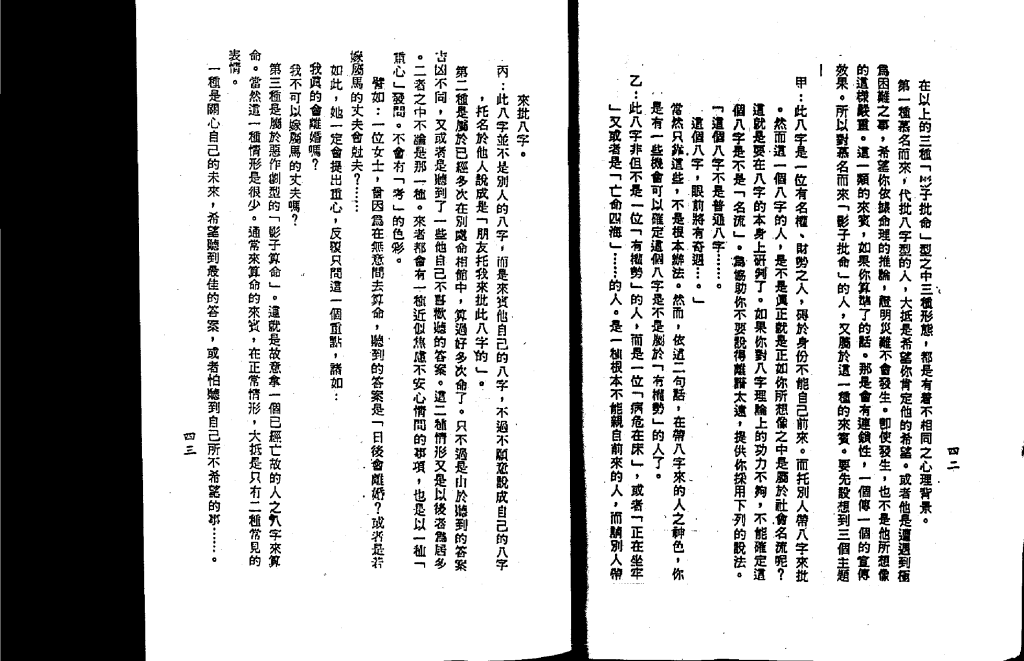
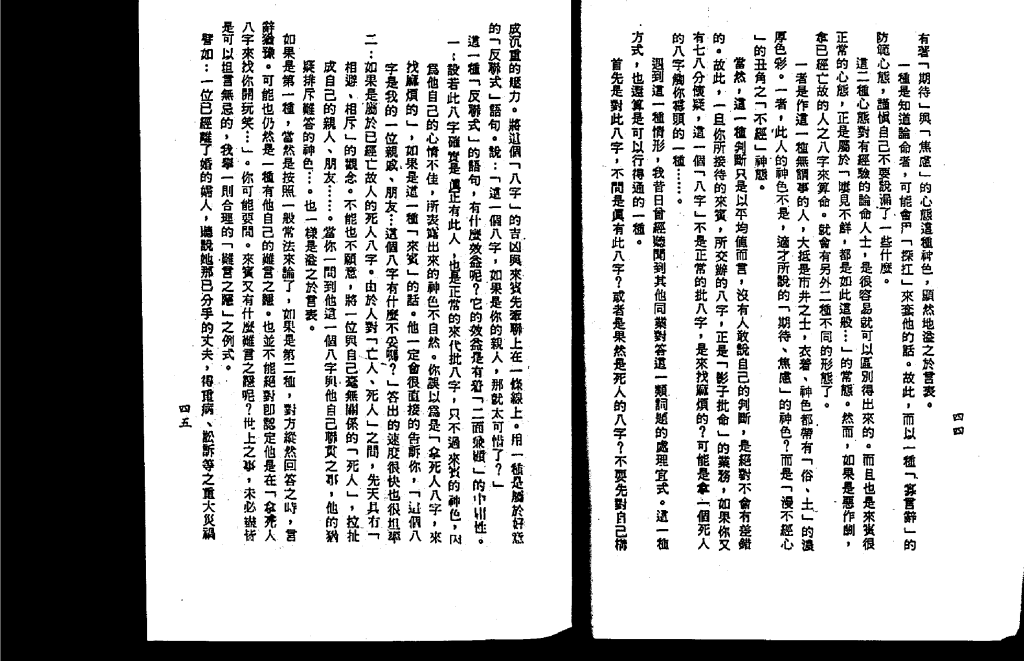
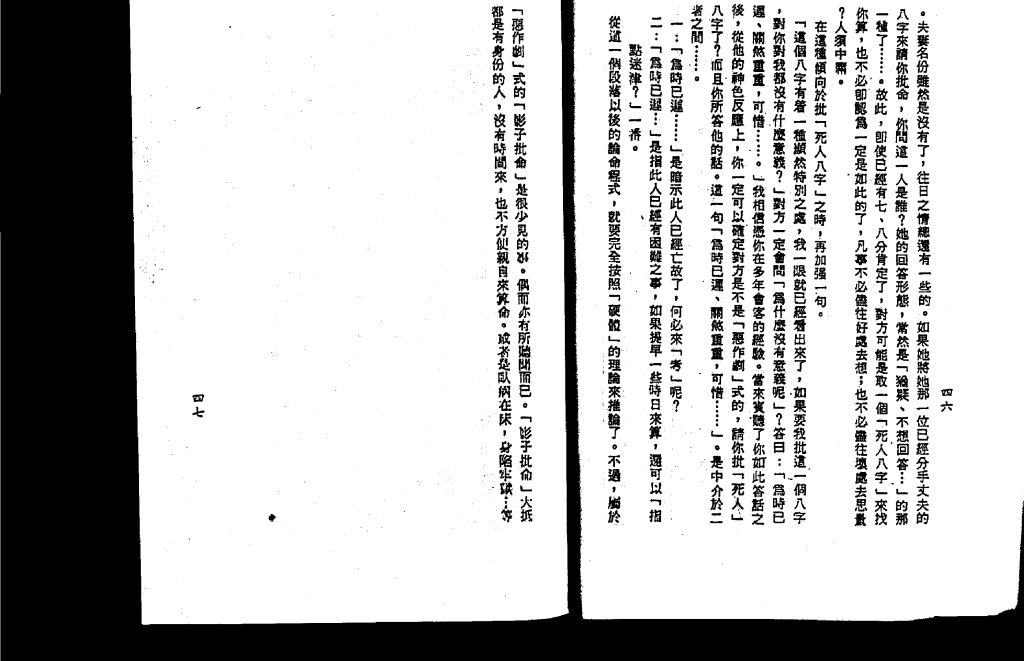
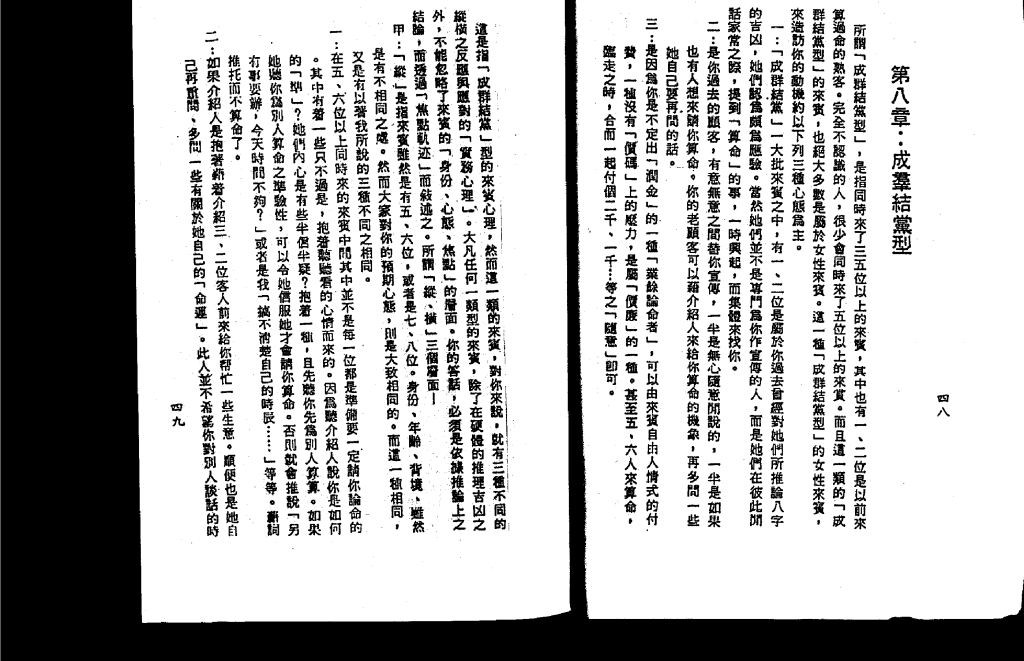




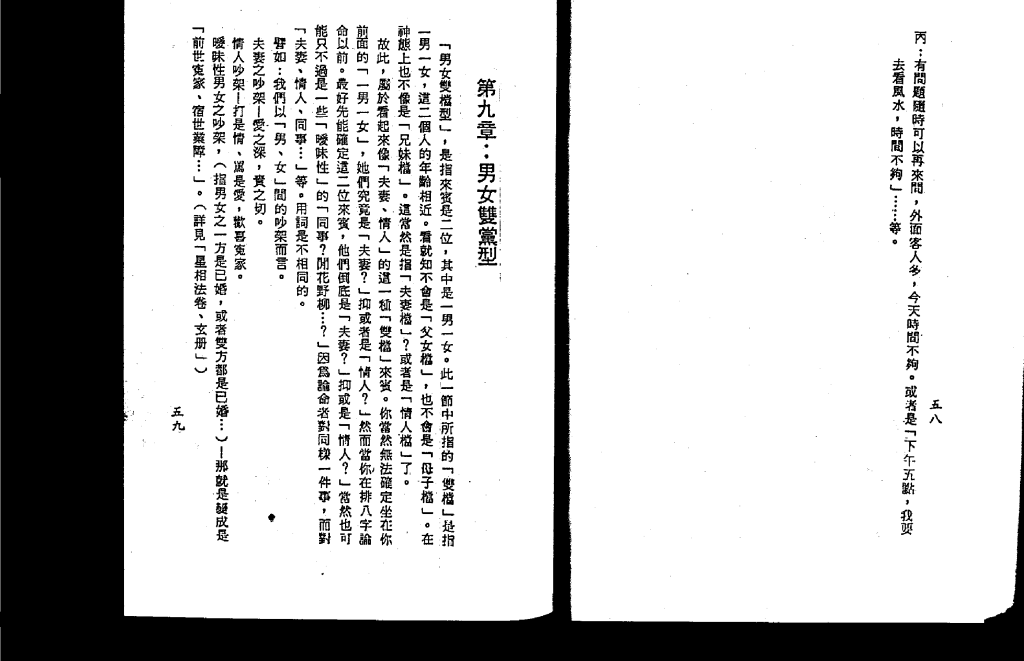



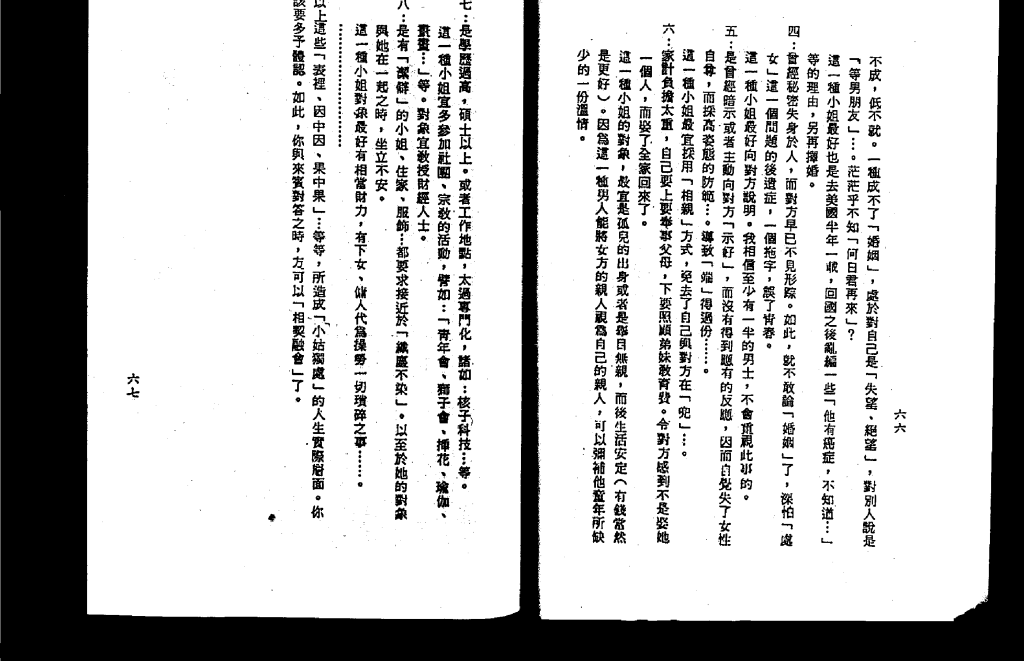
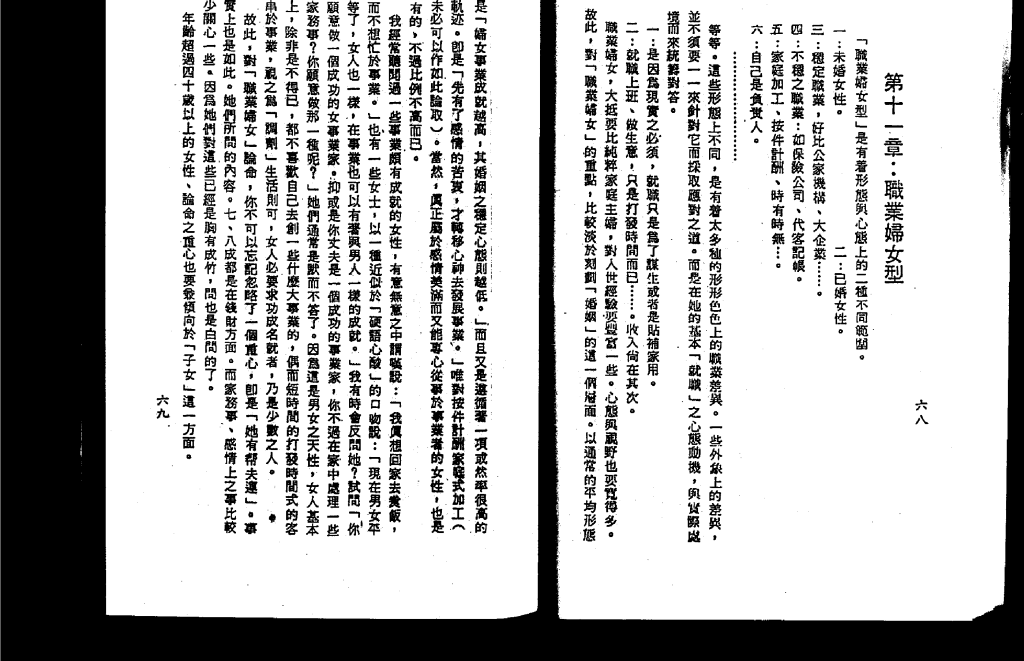







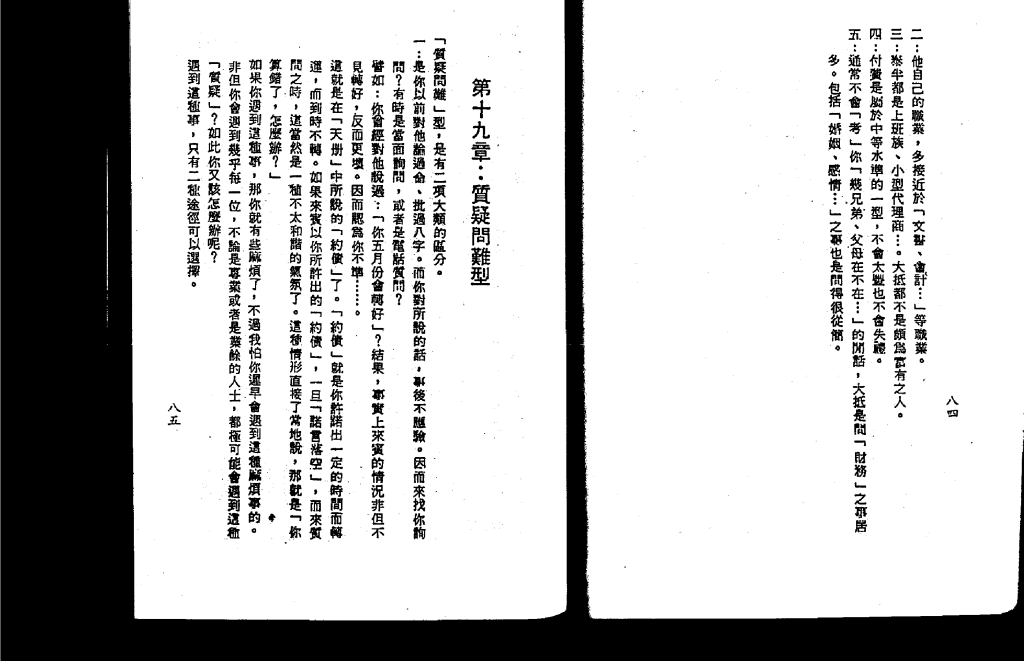
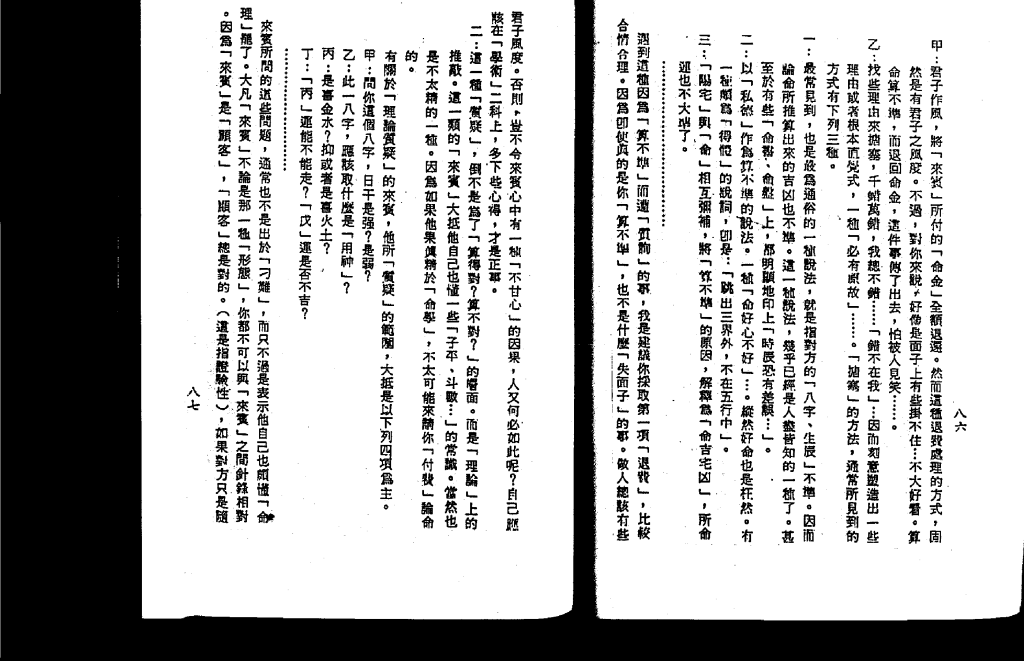
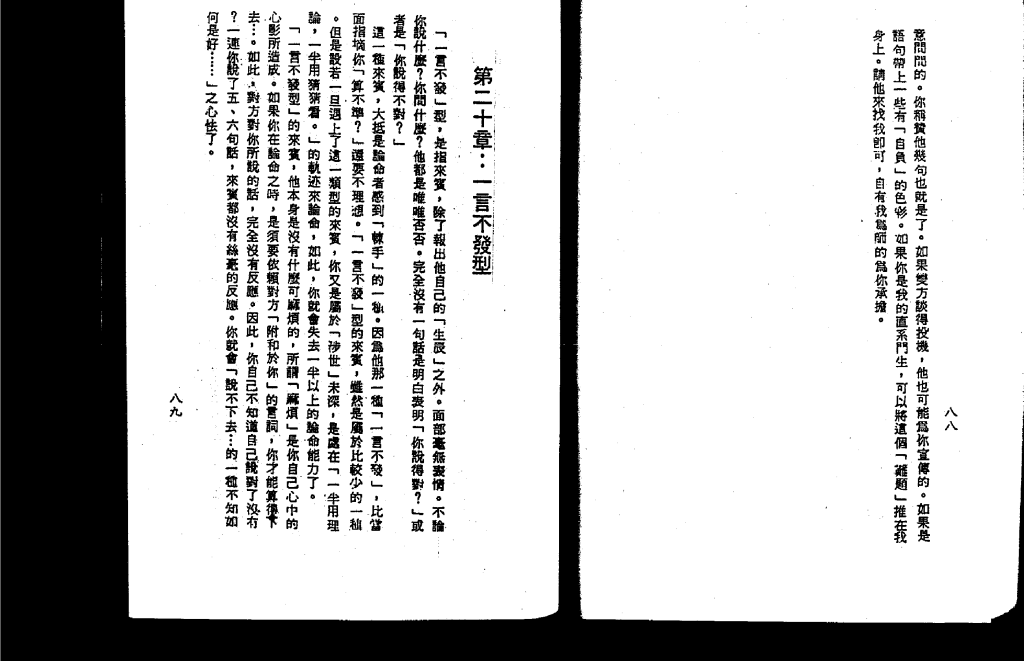
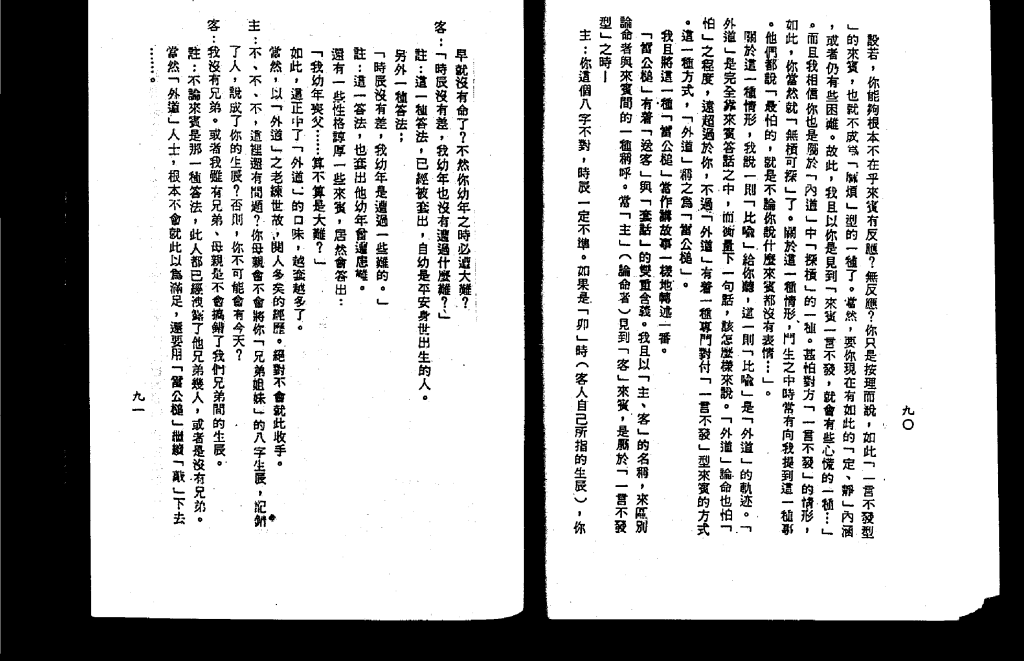


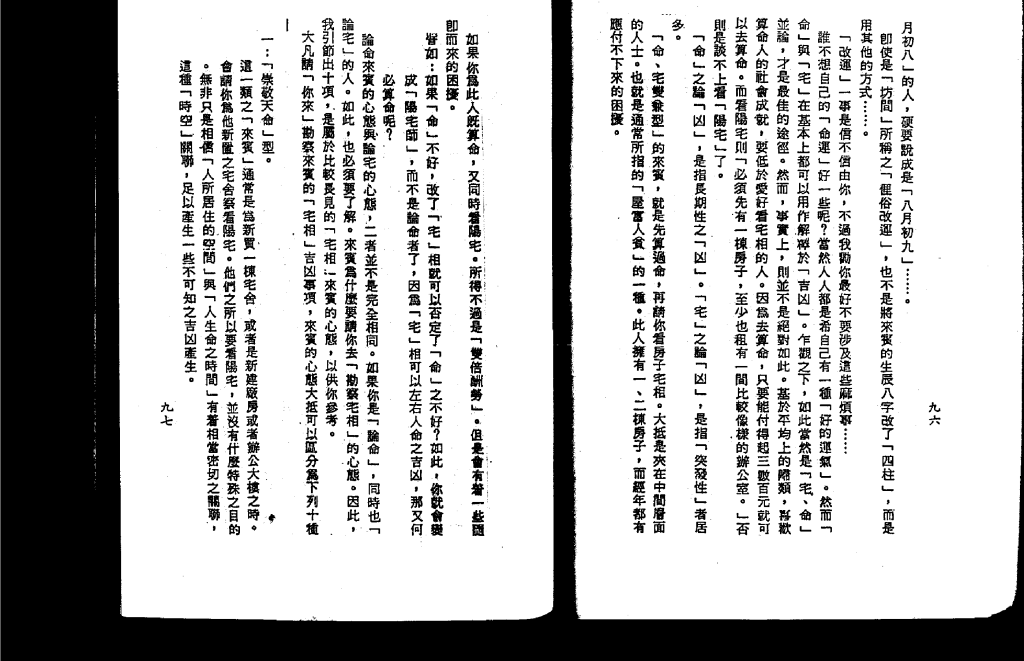


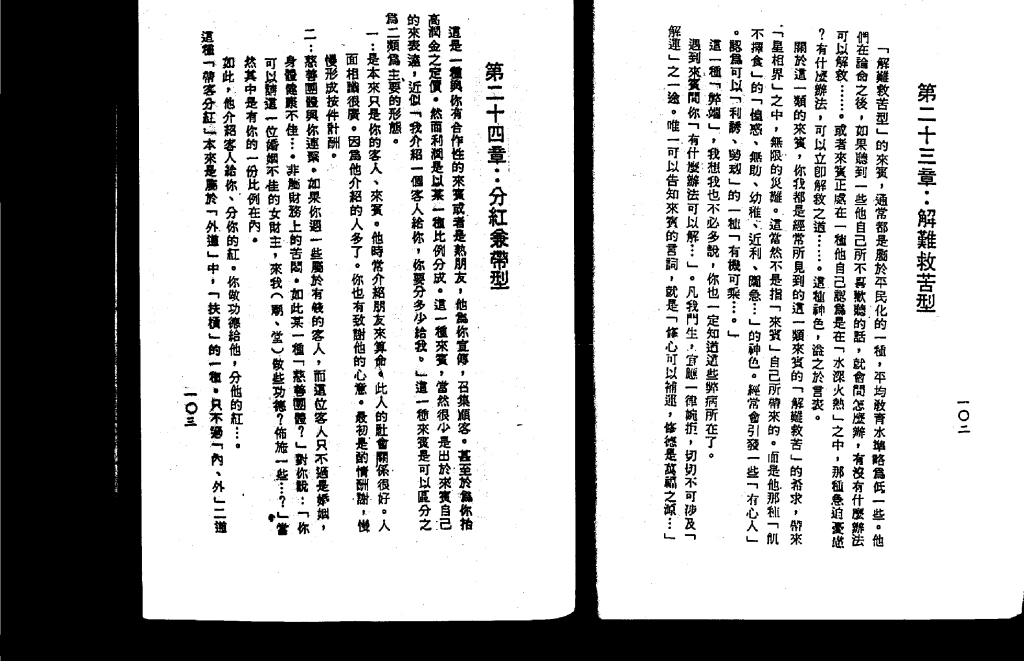




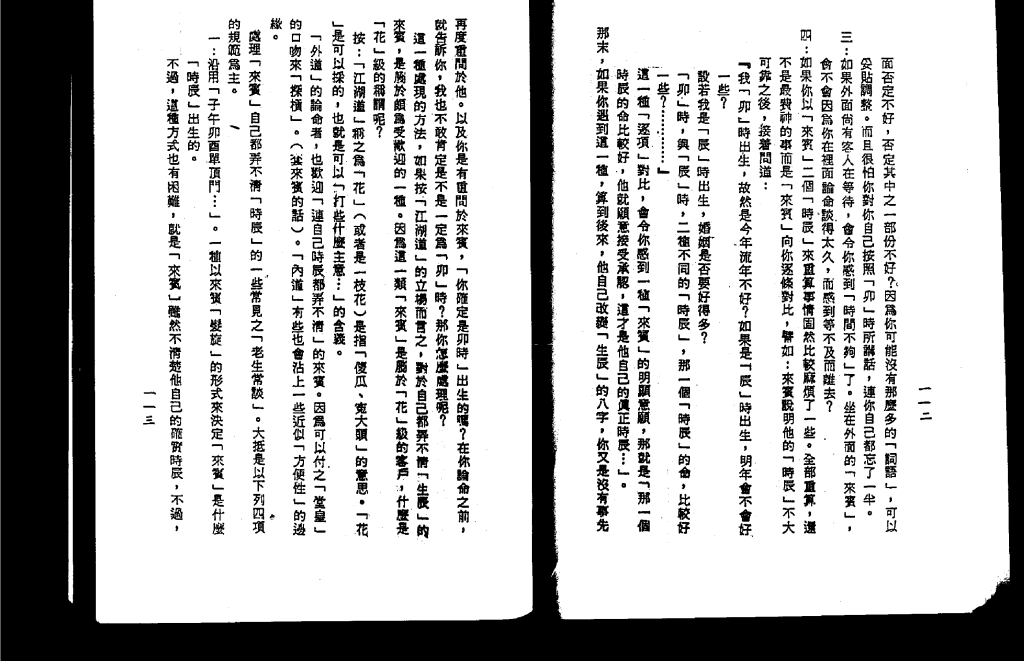
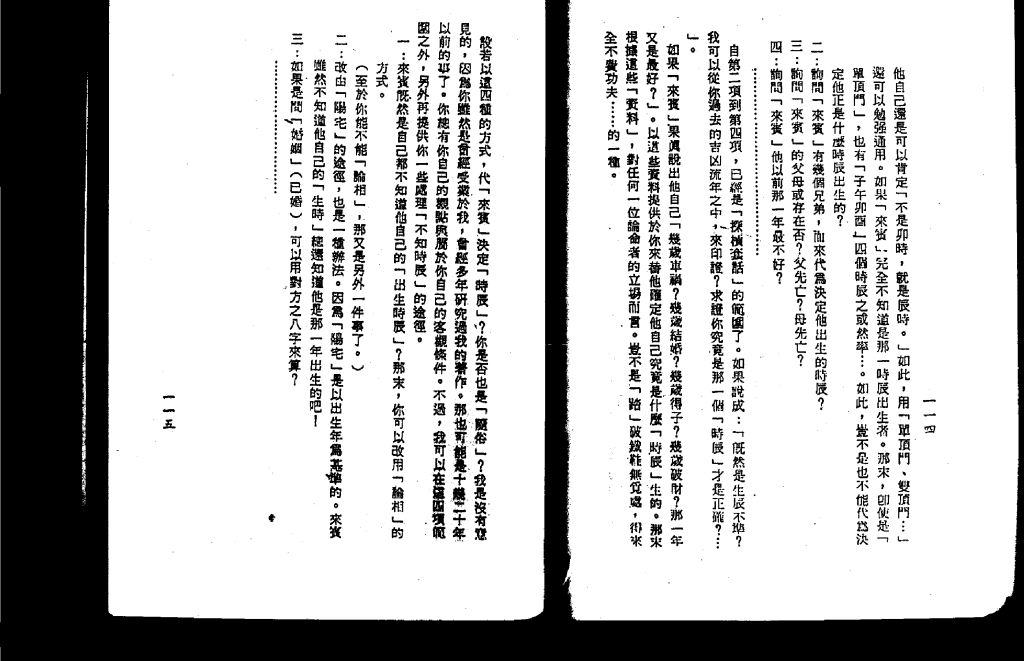
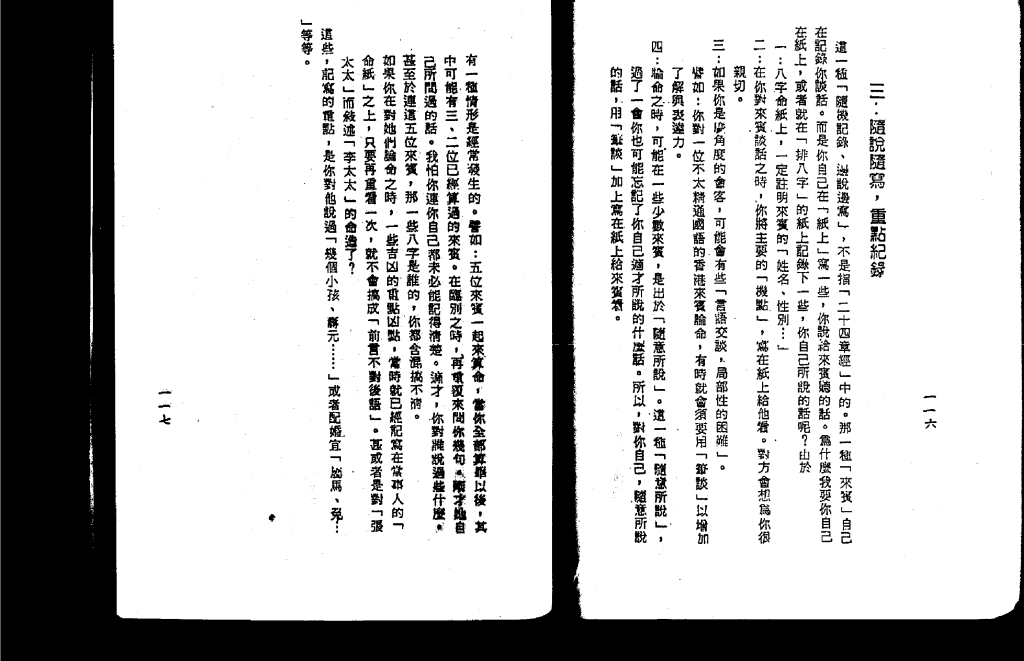


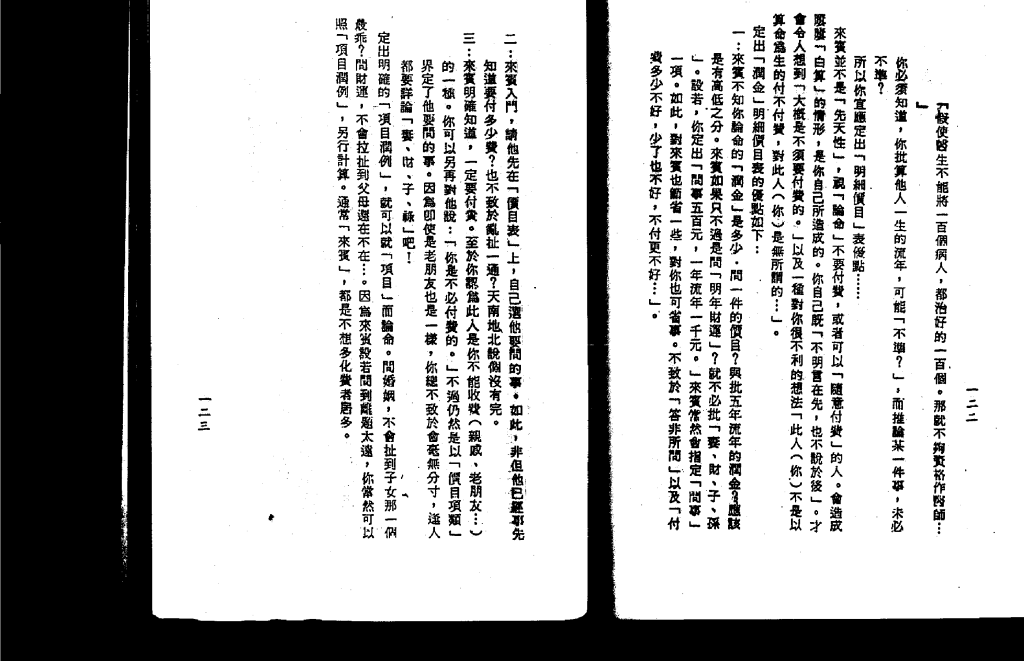
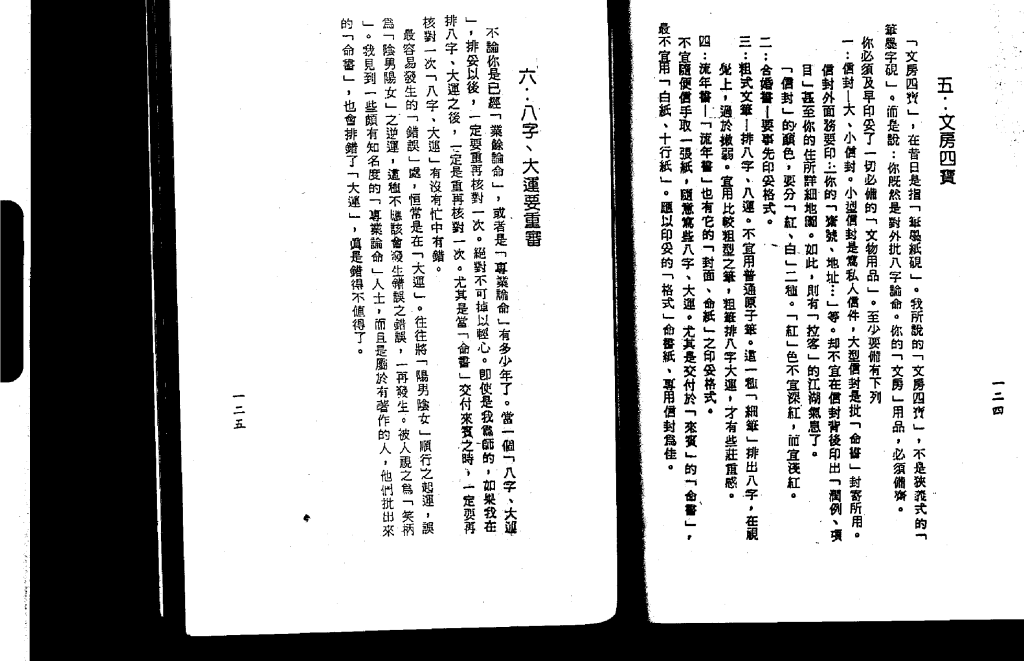

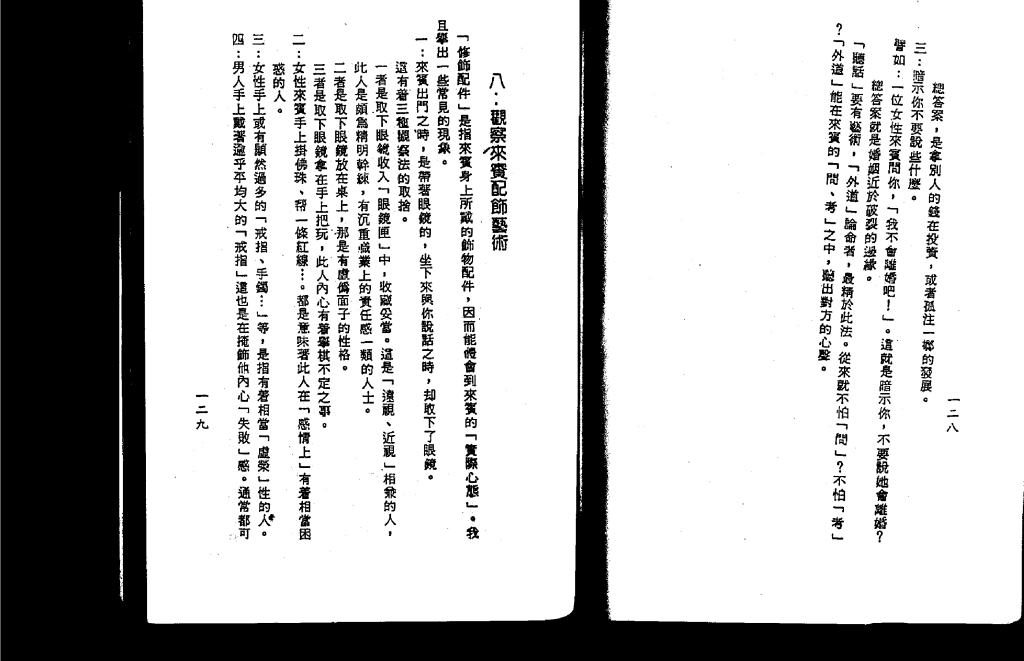
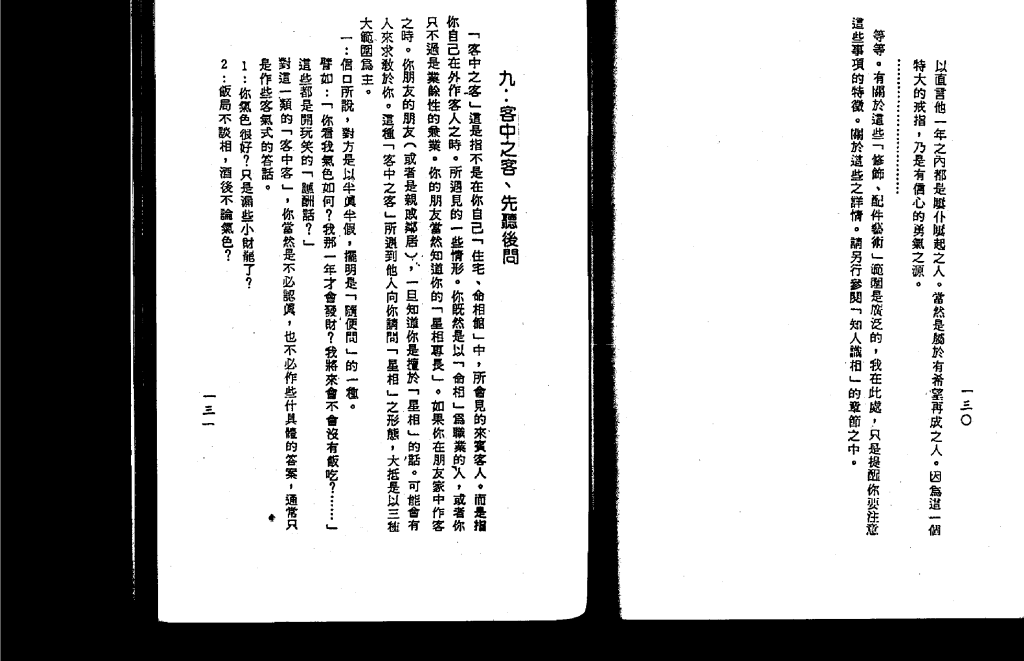

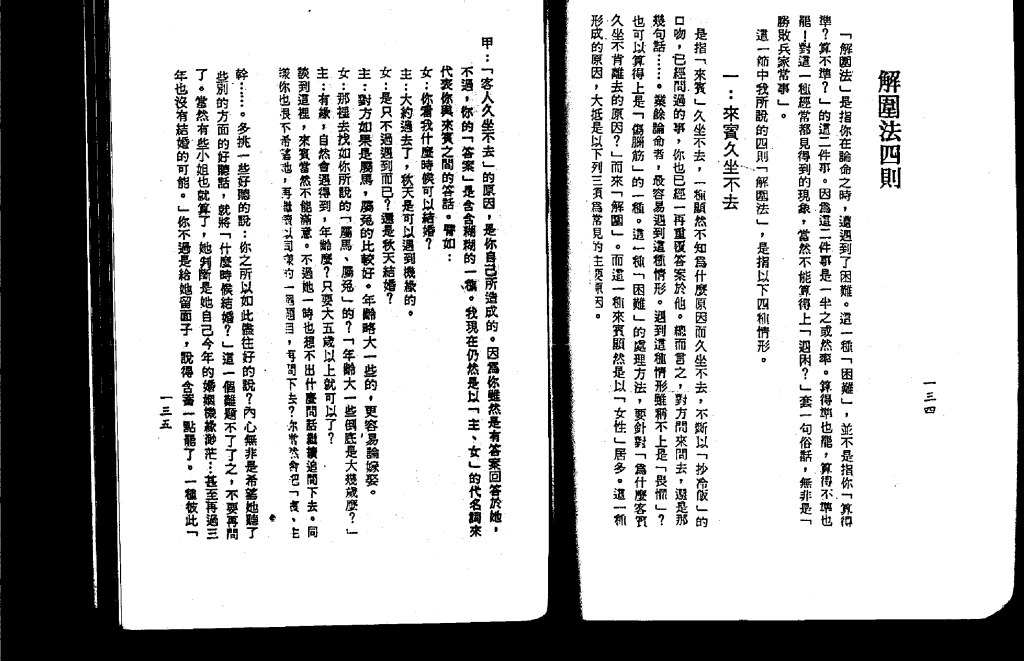
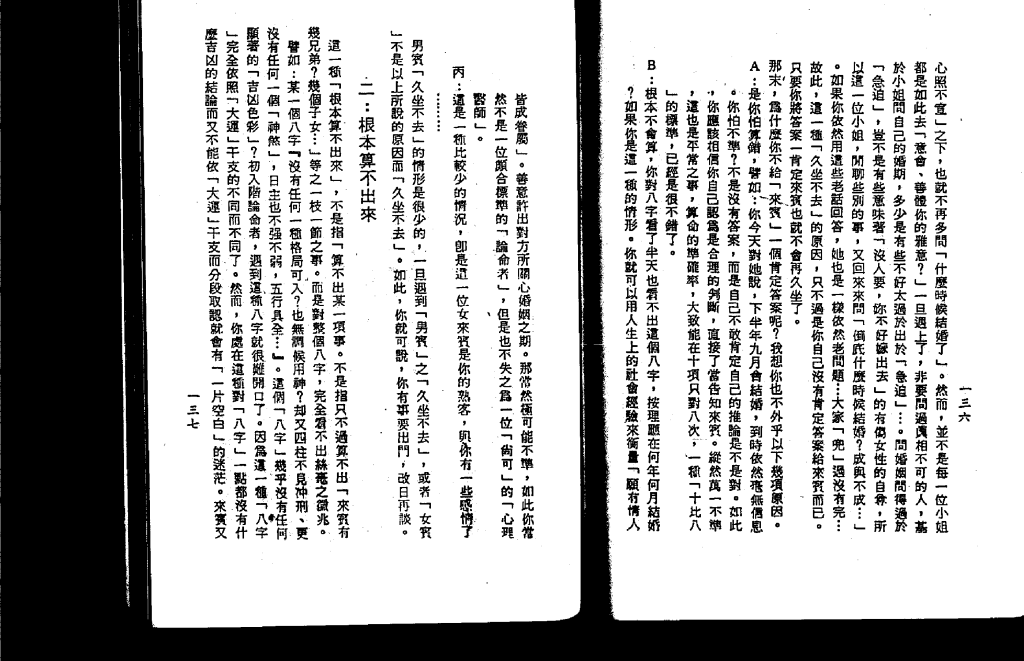

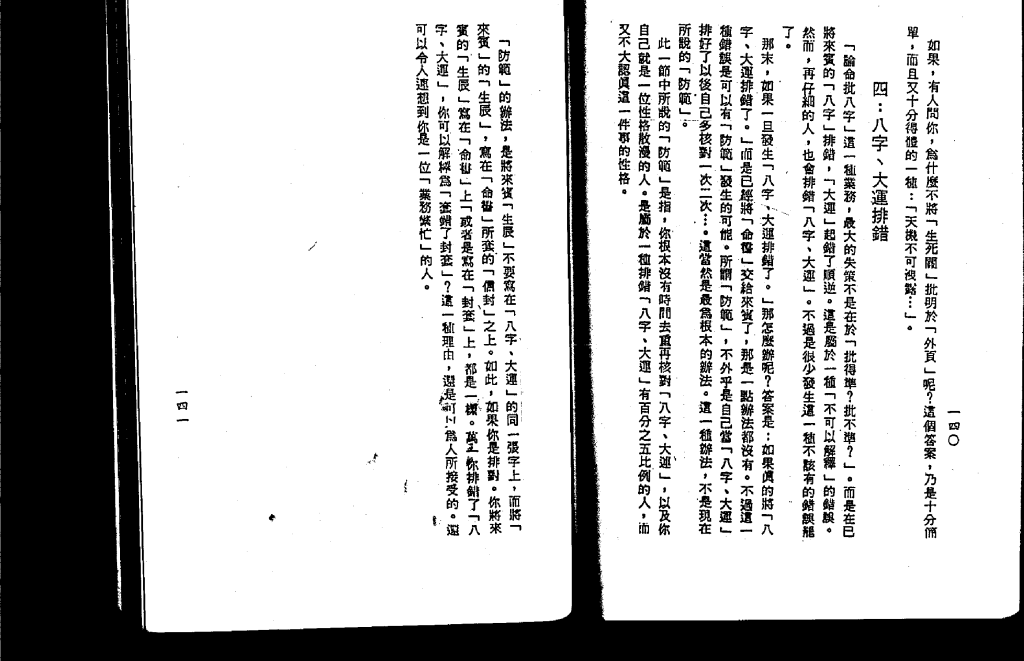


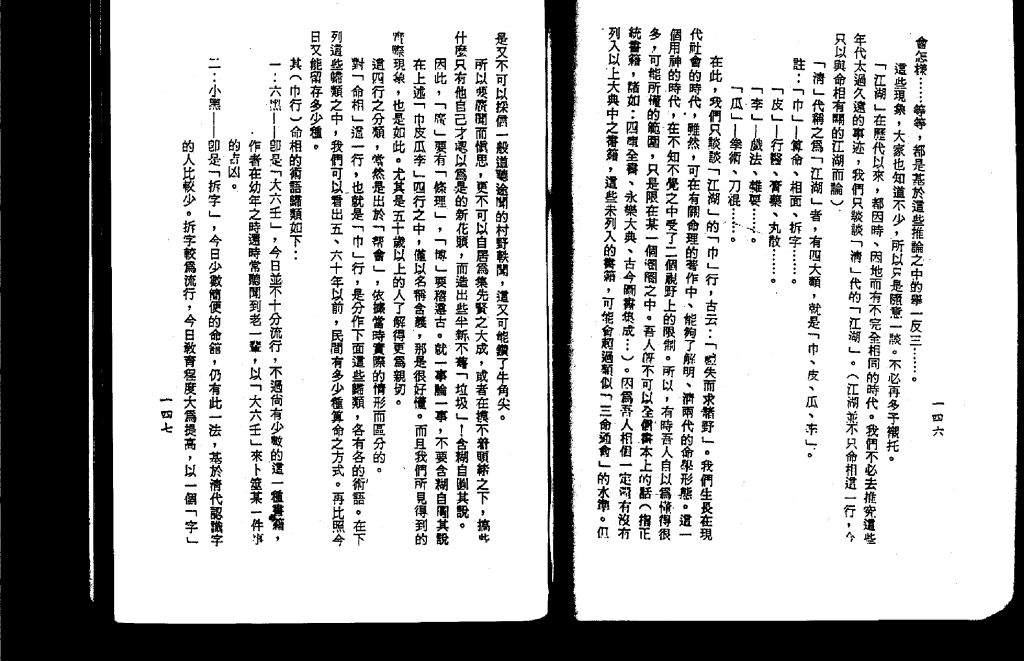
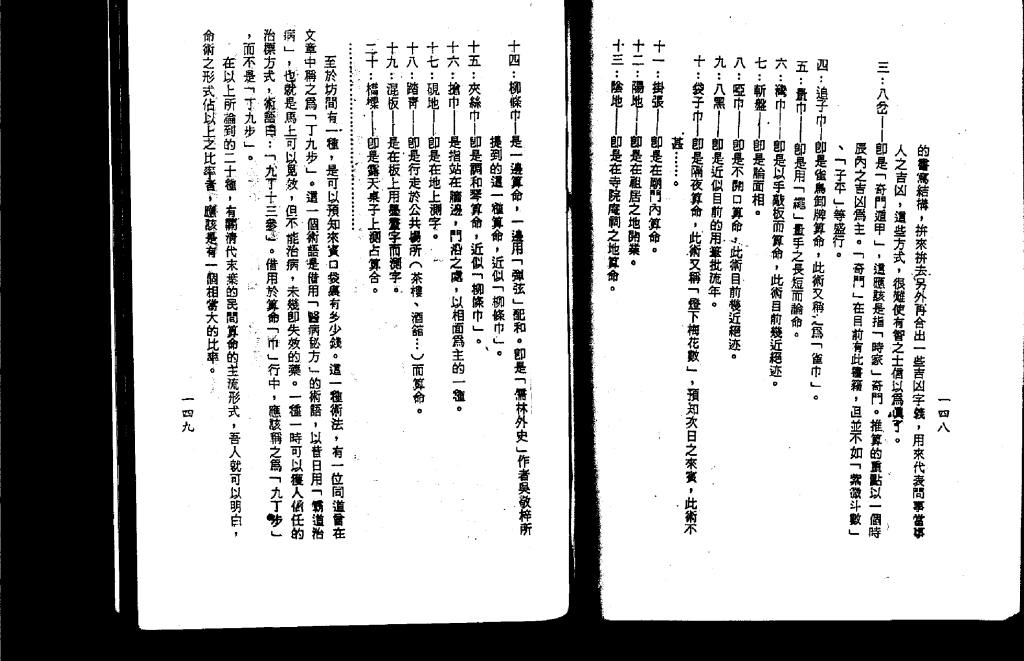

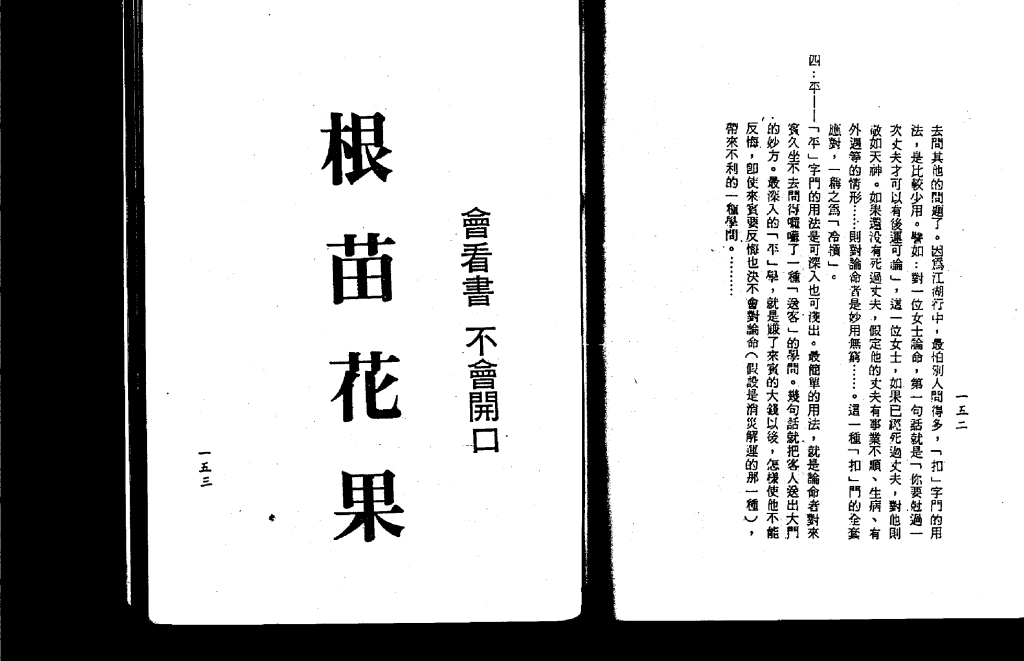
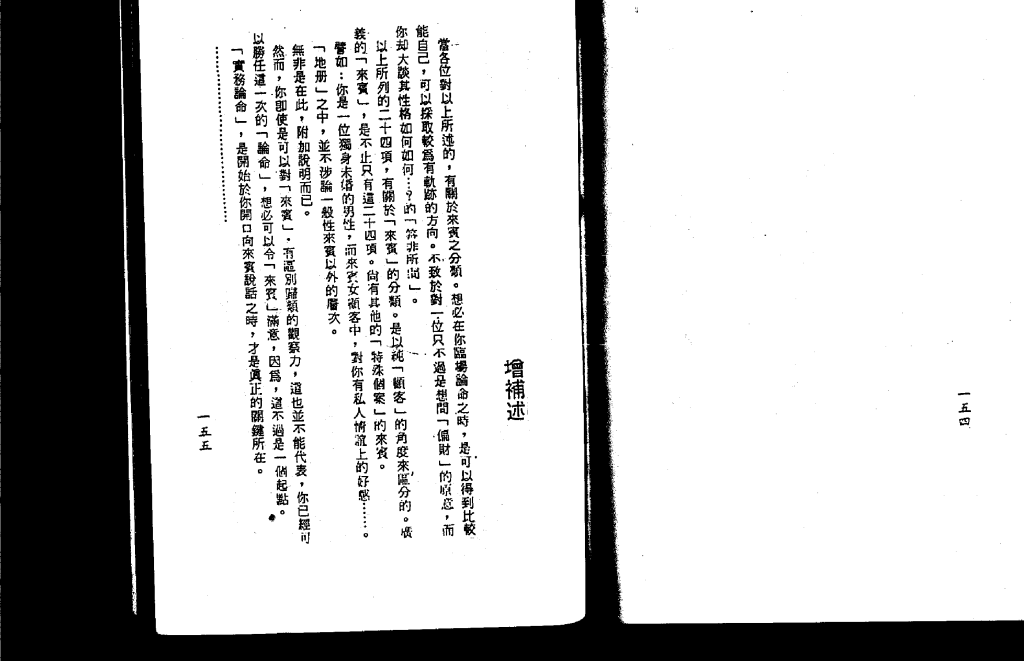
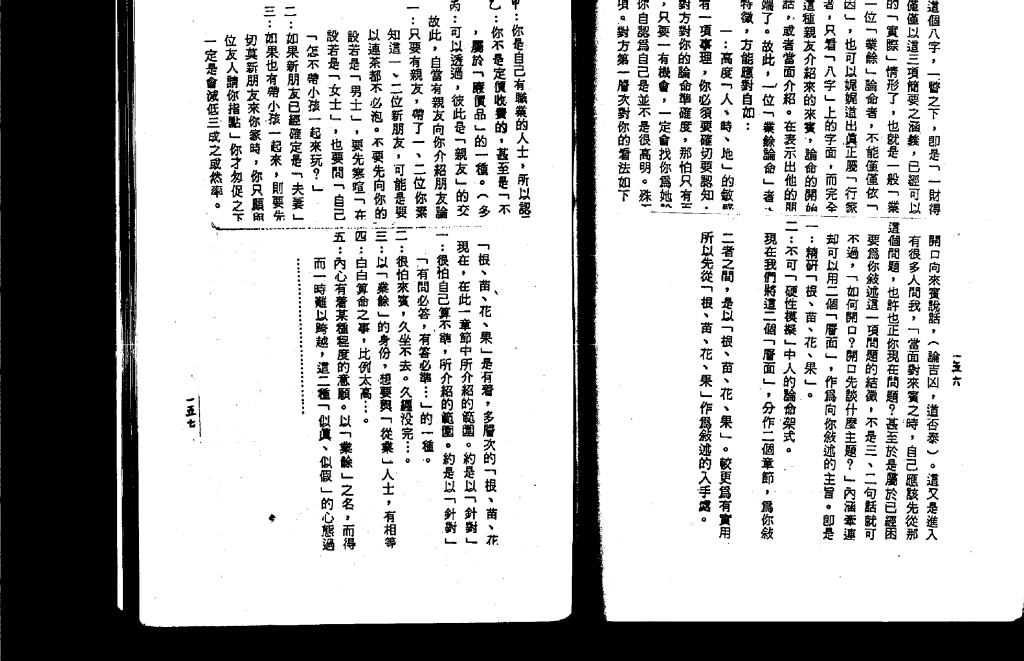


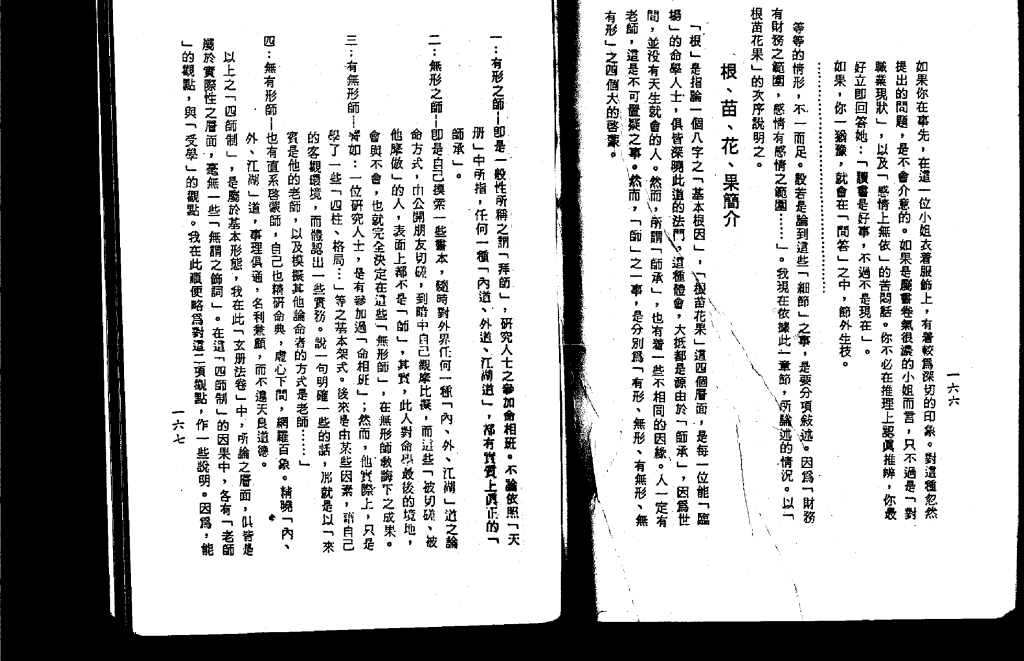
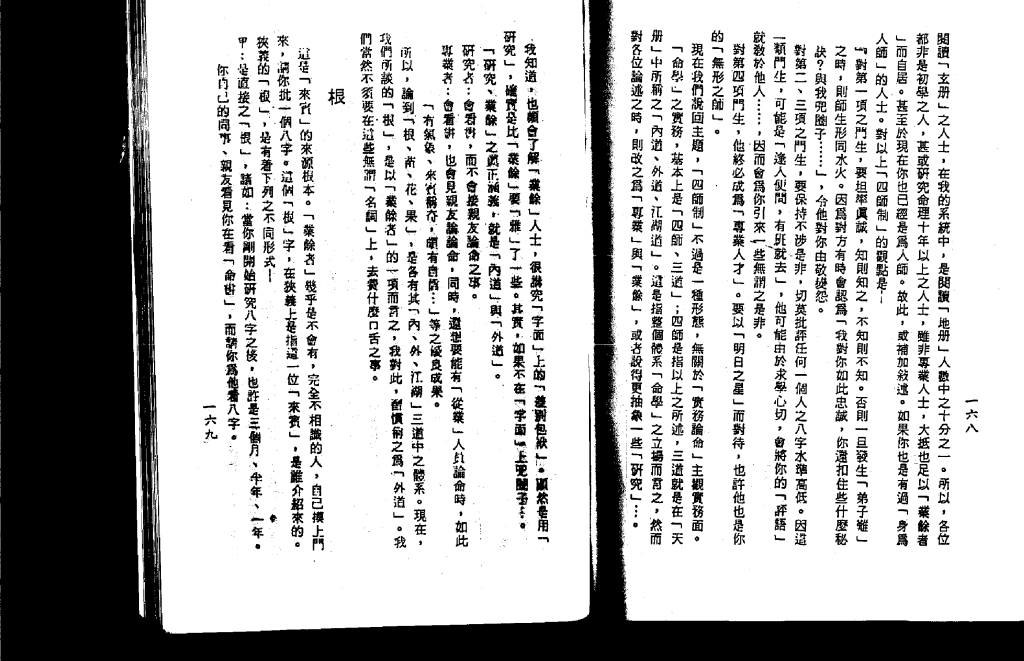

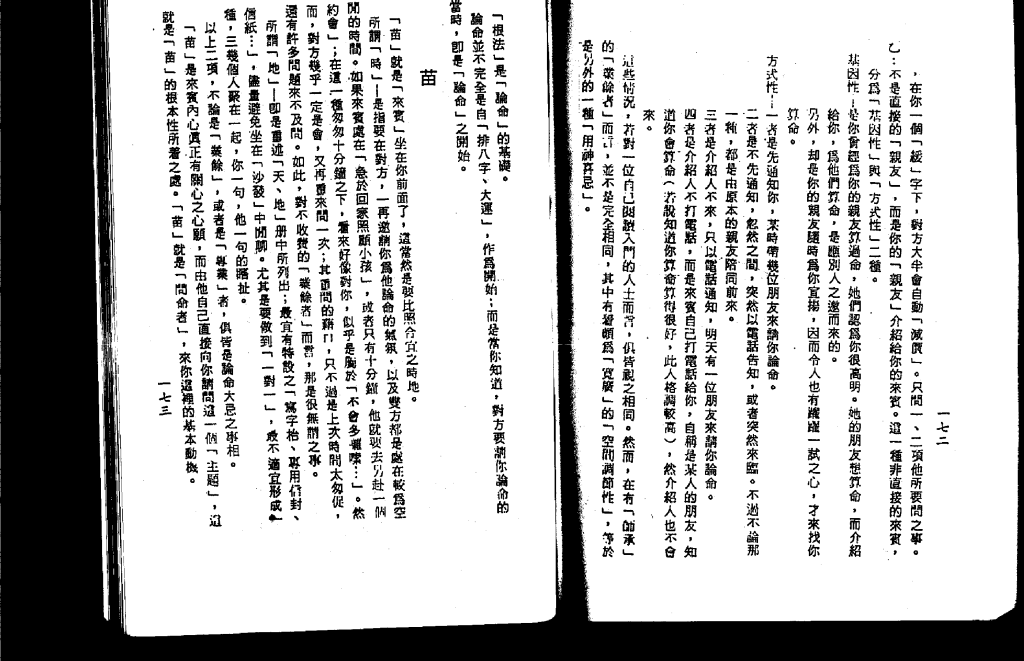




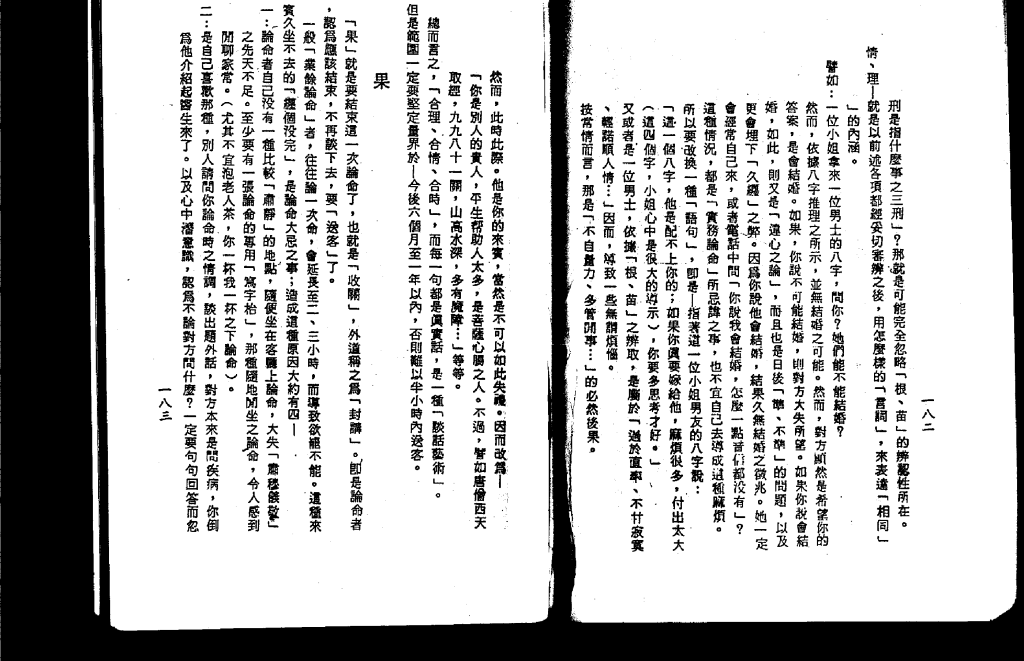
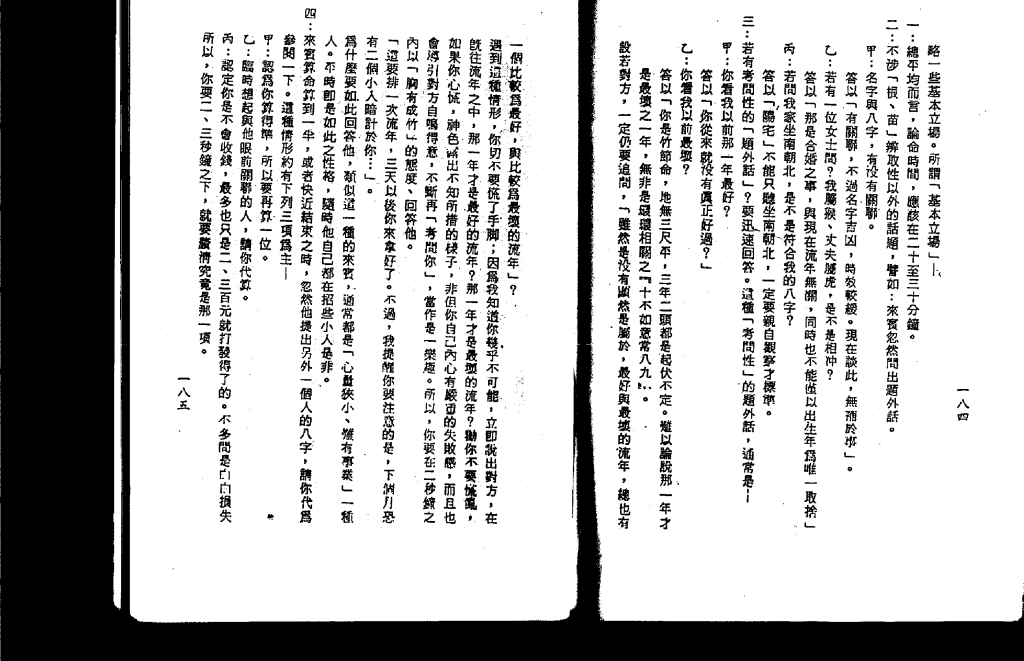


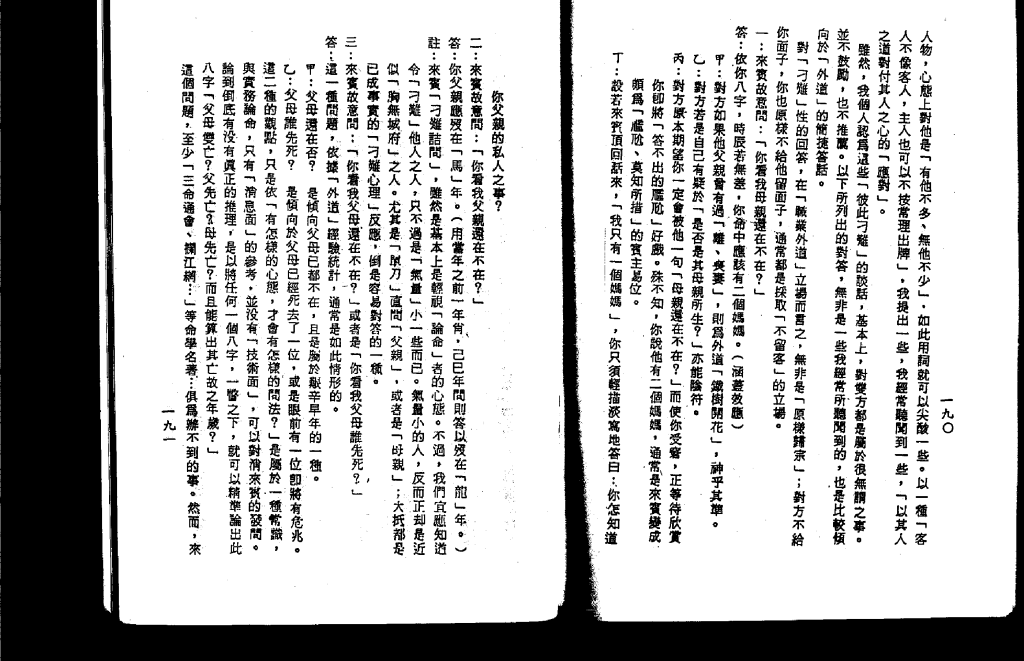
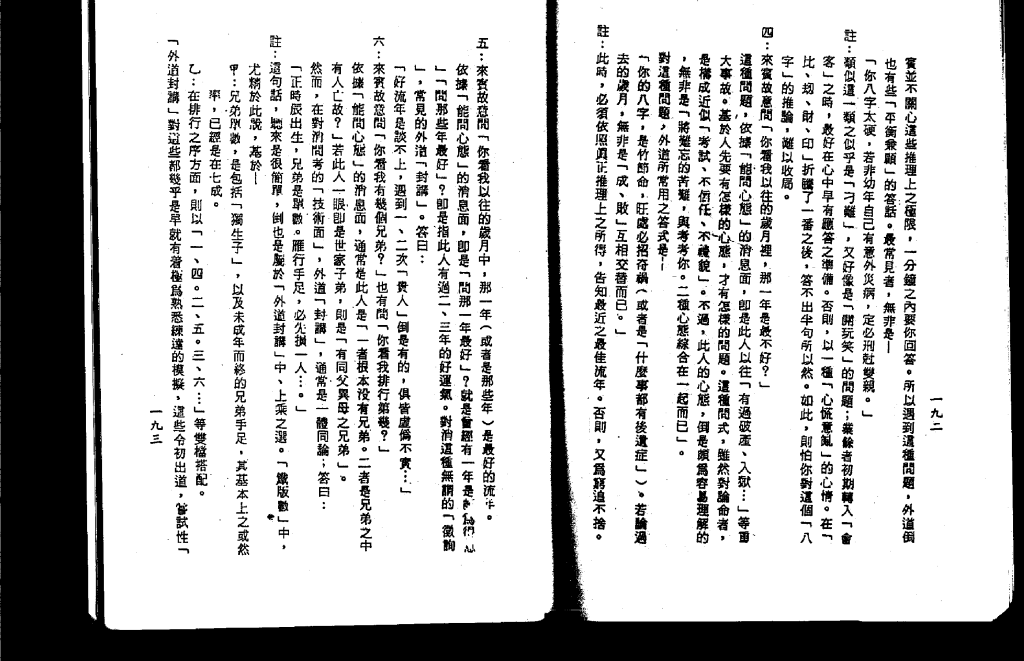
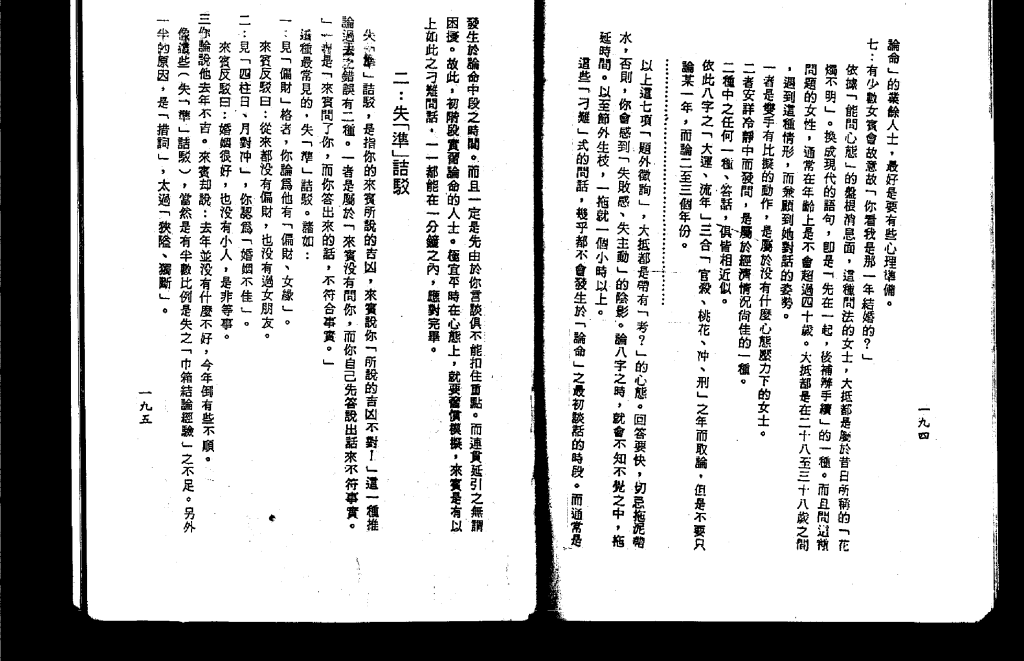

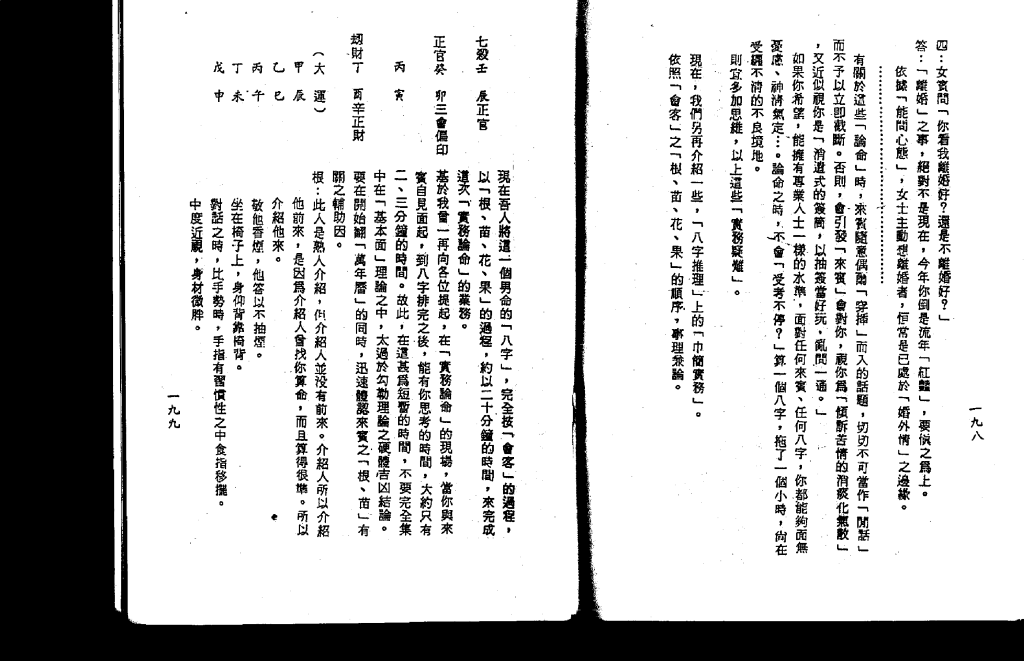

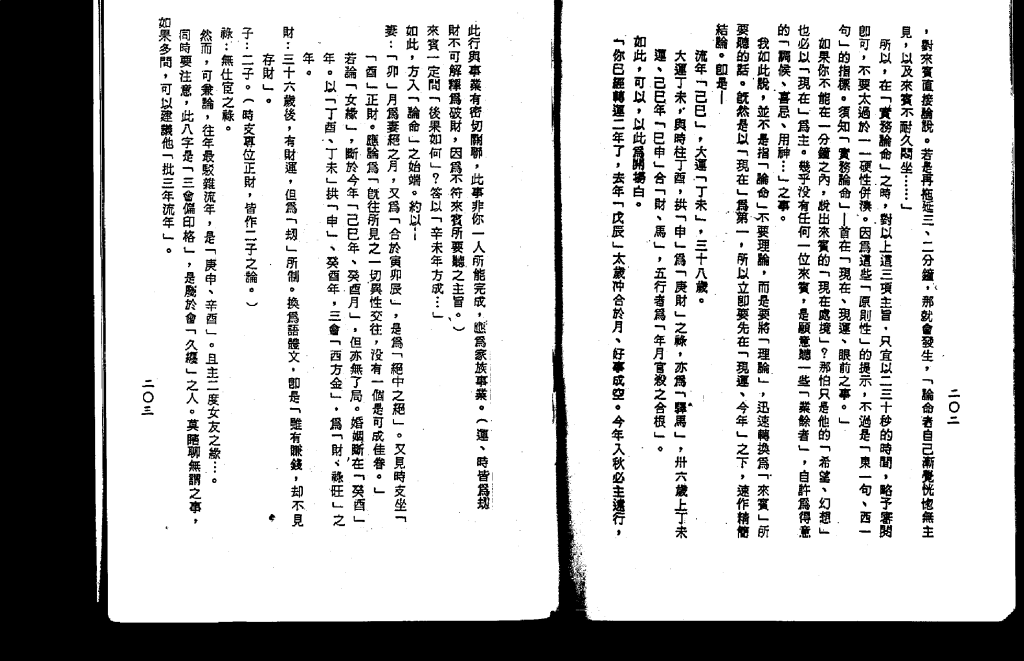
Culture文化 Metaphysics玄学 100P [梁湘润]星相书简法卷地册
历史上的今天 ( 27 ):
- 2024年-05月-04日:TV电视:Beach TV Key West & Florida Keys
- 2024年-05月-04日:TV电视:Bahar TV
- 2024年-05月-04日:TV电视:Baden TV
- 2024年-05月-04日:TV电视:AzstarTV
- 2024年-05月-04日:TV电视:Azerbaijan News TV
- 2024年-05月-04日:TV电视:Ayush TV
- 2024年-05月-04日:TV电视:AXS TV Now
- 2024年-05月-04日:News新闻:2024年5月4日新闻简报,五四青年节
- 2022年-05月-04日:Knowledge知识:十二生肖插画 (20P)
- 2022年-05月-04日:Knowledge知识:画风华丽细腻!二十四节气拟人手绘插 (24P)
- 2022年-05月-04日:Memory记忆:80后课本插画 (28P)
- 2022年-05月-04日:Global国外合集:照片级的手绘插画! (17P)
- 2022年-05月-04日:Region地理:中国人文地图(旅游必备) (1P)
- 2022年-05月-04日:麻将棋牌:象棋游戏
- 2022年-05月-04日:赛车竞速:过山车游戏
- 2022年-05月-04日:Region地理:甘肃省人文地图(旅游必备) (15P)
- 2022年-05月-04日:连连消消:俄罗斯方块游戏
- 2022年-05月-04日:Tool工具:在线PS应用
- 2022年-05月-04日:Knowledge知识:住宅风水图解 (21P)
- 2022年-05月-04日:Knowledge知识:二十四节气 (24P)
- 2022年-05月-04日:Knowledge知识:水族鱼谱 (122P)
- 2022年-05月-04日:Video视频:单身狗别做白日梦了
- 2022年-05月-04日:Antique古董:古籍《花谱》 (140P)
- 2022年-05月-04日:Medicine医药:近300种中草药图谱【珍藏版】 (286P)
- 2022年-05月-04日:麻将棋牌:麻将游戏
- 2022年-05月-04日:益智游戏:跟我点游戏
- 2022年-05月-04日:连连消消:罗斯魔影消消乐游戏
可点 ➠ 2023年-05月-04日 ➠ 188 s ➠ ♥ 0

